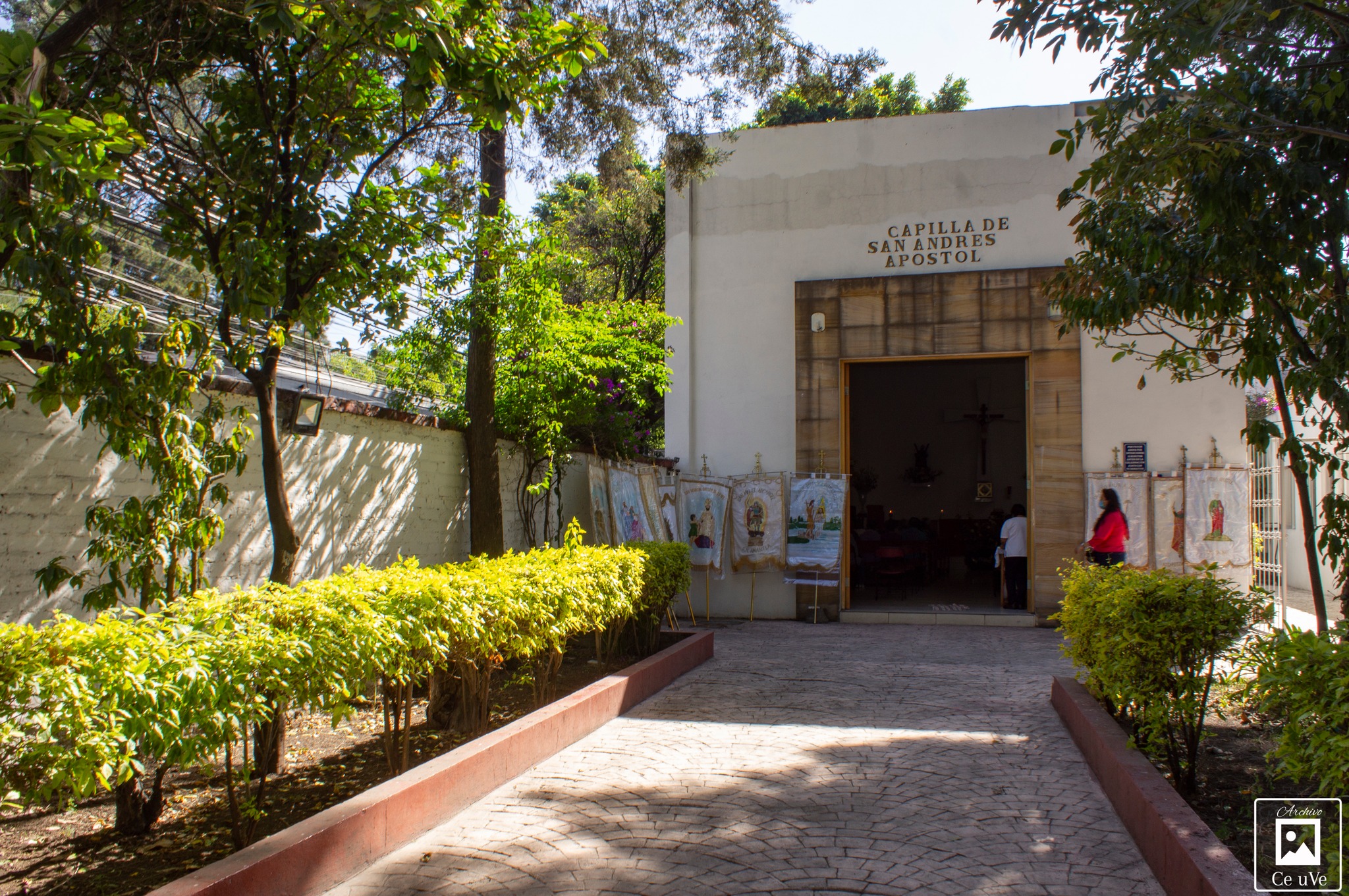
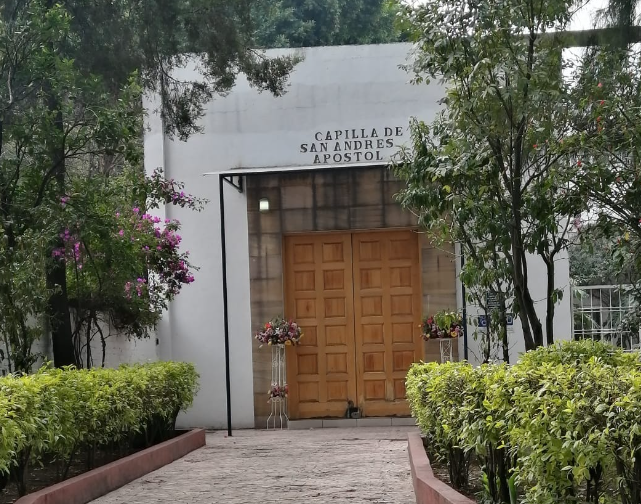


San Andrés de las Salinas is very nearly the most “lost” of the 25 Barrios Originales of Azcapotzalco. But with vibrant Day of the Dead commemorations, and an annual patron feast each December, it may be making something of a comeback.
A tiny cemetery takes up most of the atrium of the old church, now in ruins. Today, a modern chapel has taken over the role as a center for the religious in the community. But just about all of them recognize old Acahuacaltongo de Salinas. Like all of the Salinas neighborhoods in this part of the city, it represents an old salt making community on the northern mudflats of the ancient lake. “Acahuacaltongo,” the Nahuatl name refers to the abandoned milpas, that is, the abandoned floating farm plots. This may have been due to the salinity of water in the area.
Construction of the original church dates from the 17th century. Most of this was entirely lost by 1978 and damages from multiple earthquakes over the centuries have been recorded. Some small parts of the original church have been preserved in and around the modern structure. But Acahuacaltongo survives in the memory of the residents and the cemetery still serves as something of a civic center even from across the street of the traditional neighborhood. (The actual pueblito is to the north.)
Practically outside of Metro Vallejo, the tiny cemetery is a stone’s throw from the Parque Vía Vallejo shopping center. It’s a nice change from the rapid development along the Calzada Vallejo.

Nearest at 0.14 kms.

Nearest at 0.34 kms.
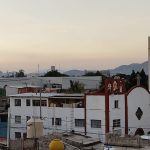
Nearest at 0.84 kms.
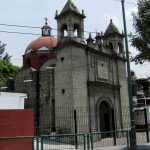
One of Azcapotzalco's ancient neighborhoods is remembered in a stone chapel.
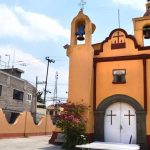
The chapel dedicated to San Andrés Apóstol dates from the 17th century.

The ancient neighborhood was sacred to the Tepanec people, the chief rivals to the Mexica of Tenochtitlan.
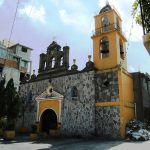
A crooked town center to one of Azcapotzalco's oldest settlements...
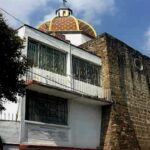
One of Azcapotzalco's ancient neighborhoods...